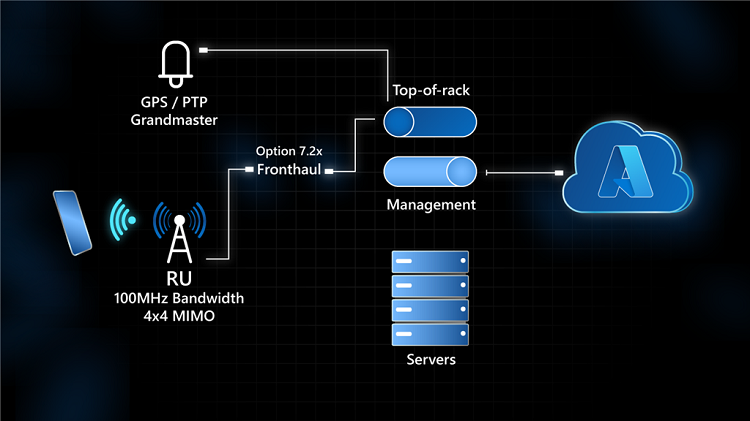Over the past few years, there has been an increasingly steady drumbeat for the need to diversify and open the telecommunications supply chain. This has been driven both by security concerns and by the need to improve the negotiating power of operators by introducing new entrants into the market. A key part of this supply chain that can be diversified is radio access network (RAN), where operators have typically spent most of their investments in network infrastructure.
To address the need for diversification, groups such as the O-RAN alliance have formed to open up RAN capabilities. In addition, select operator communities from all over Europe, the Middle East, Asia, and Africa have begun experimenting in this space. Governments have also been weighing in, designating telecommunications networks as a national priority and a critical part of infrastructure that needs to be secured, and nurtured to drive innovation. An example of this was the UK Government’s 5G diversification strategy—a plan to grow the telecommunications supply chain while simultaneously making it more resilient to future trends and threats.
Microsoft has successfully transformed into an edge and cloud company; so, we understand the magnitude of such an evolution. At Microsoft, our guiding principle is to support, develop, and foster a partner-rich ecosystem. We believe that the role that we play best as a cloud provider is to provide a secure, scalable, well-managed carrier-grade platform serving as the enabler for third parties to build upon.
Future Radio Access Network Challenge (FRANC)
As it turns out, the UK government’s Department of Digital, Culture, Media, and Sports (DCMS) was thinking along the same lines. The Future Radio Access Network Challenge (FRANC) was designed as a follow-on to their diversification strategy. It identified the need to accelerate Open RAN innovation to meet its target of 35 percent of all network traffic over Open RAN by 2030, as well as spark UK-based innovation in this space.
This initiative aligns well with our ambitions—to grow and diversify the supply chain as well as support a healthy and vibrant Open RAN ecosystem. We reached out to Intel and Capgemini, industry leaders in Open RAN, and the University of Edinburgh, a leading academic institution, to join us in demonstrating how beautifully our ideas could fit together to achieve our mutual objectives.
DCMS has endorsed this approach, with the Microsoft-led consortium being one of the award recipients of their challenge. At the Mobile World Congress (MWC) 2022, we pulled back the curtain a bit more to explain what we will be doing jointly as a group, and how our combined efforts will help accelerate the Open RAN ecosystem.
Technology showcased at the Mobile World Congress 2022
At MWC 2022, in close collaboration with our partners, we showed how disaggregated software and hardware are the future of telecommunications networks. This new software-driven programmable network architecture leads to faster rollouts with lower total cost of ownership. Cloud technologies—AI and machine learning analytics, edge computing, large-scale management, self-diagnostics, network programmability, network verification, and global connectivity—can be leveraged to improve highly secure operational efficiency of the virtualized RAN. This infrastructure also supports the creation of new revenue streams through the enablement of a developer ecosystem.
Additionally, we announced the next wave of Azure for Operators solutions and services, which includes Azure Operator Distributed Services (AODS). AODS combines the enhanced version of AT&T’s Network Cloud software we acquired with the best of Azure, including our industry-leading security, monitoring, analytics, AI, machine learning, and so much more. Capable of handling network-intensive workloads and mission-critical applications, AODS is a carrier-grade platform that provides flexibility and scalability to support deployments at the edge of the cloud, the edge of the network, or the enterprise edge. We’ve been focused on ensuring that this edge infrastructure (both near and far edge) is capable of supporting RAN workloads.
We demonstrated a system that used our AODS solution, which provides hybrid cloud platform for telecommunications network functions. The architectural components included commercial off-the-shelf hardware equipment with Intel’s silicon and Capgemini’s Open RAN network functions. Specifically, Intel® Xeon® Scalable processors, PTP-enabled network interface cards (NICs), and the Intel vRAN Accelerator ACC100 Adapter, all leveraged by the FlexRAN™ layer 1 software. Capgemini provided the vCU and vDU Open RAN network functions, and Microsoft provided the cloud-managed platform through AODS.






0 comments:
Post a Comment